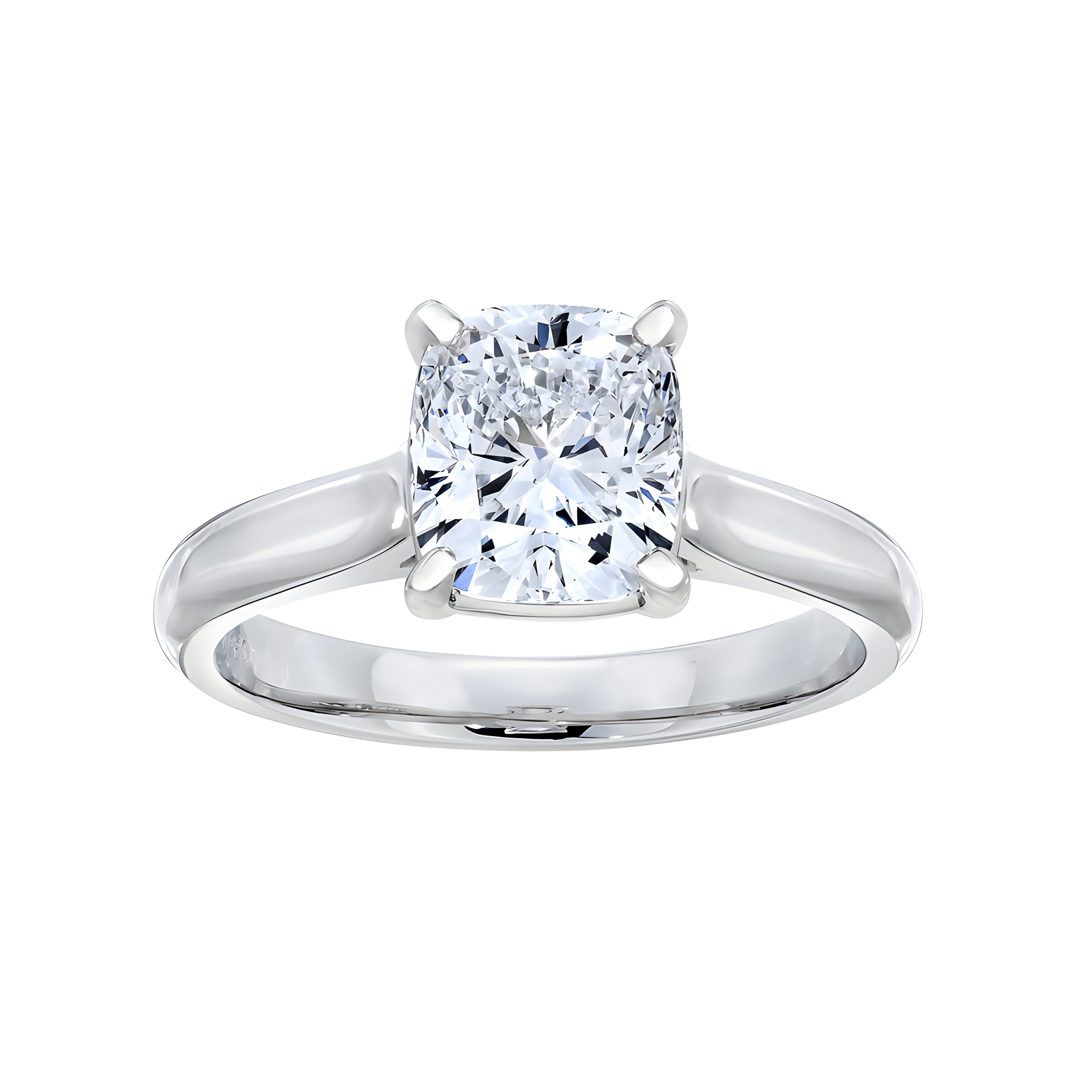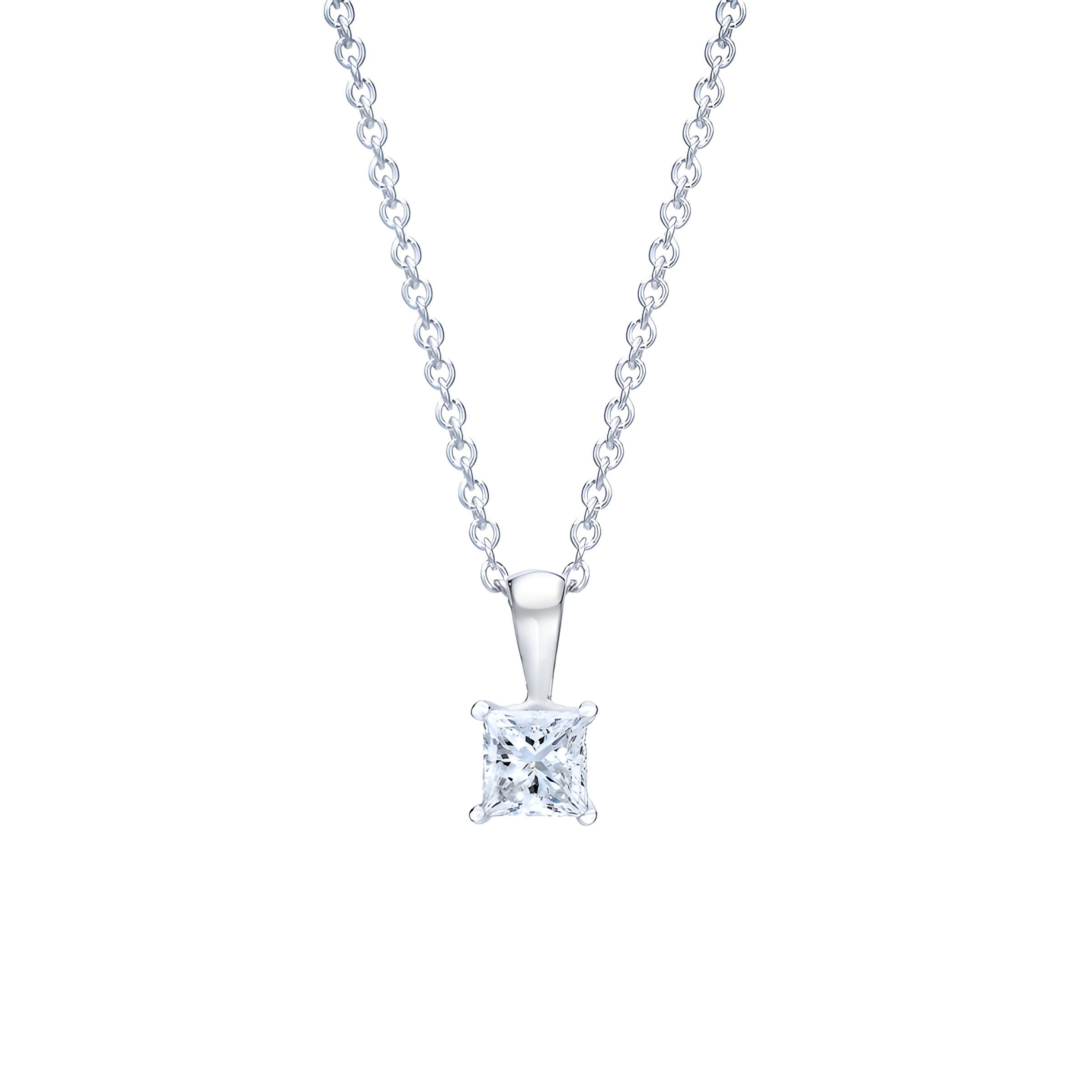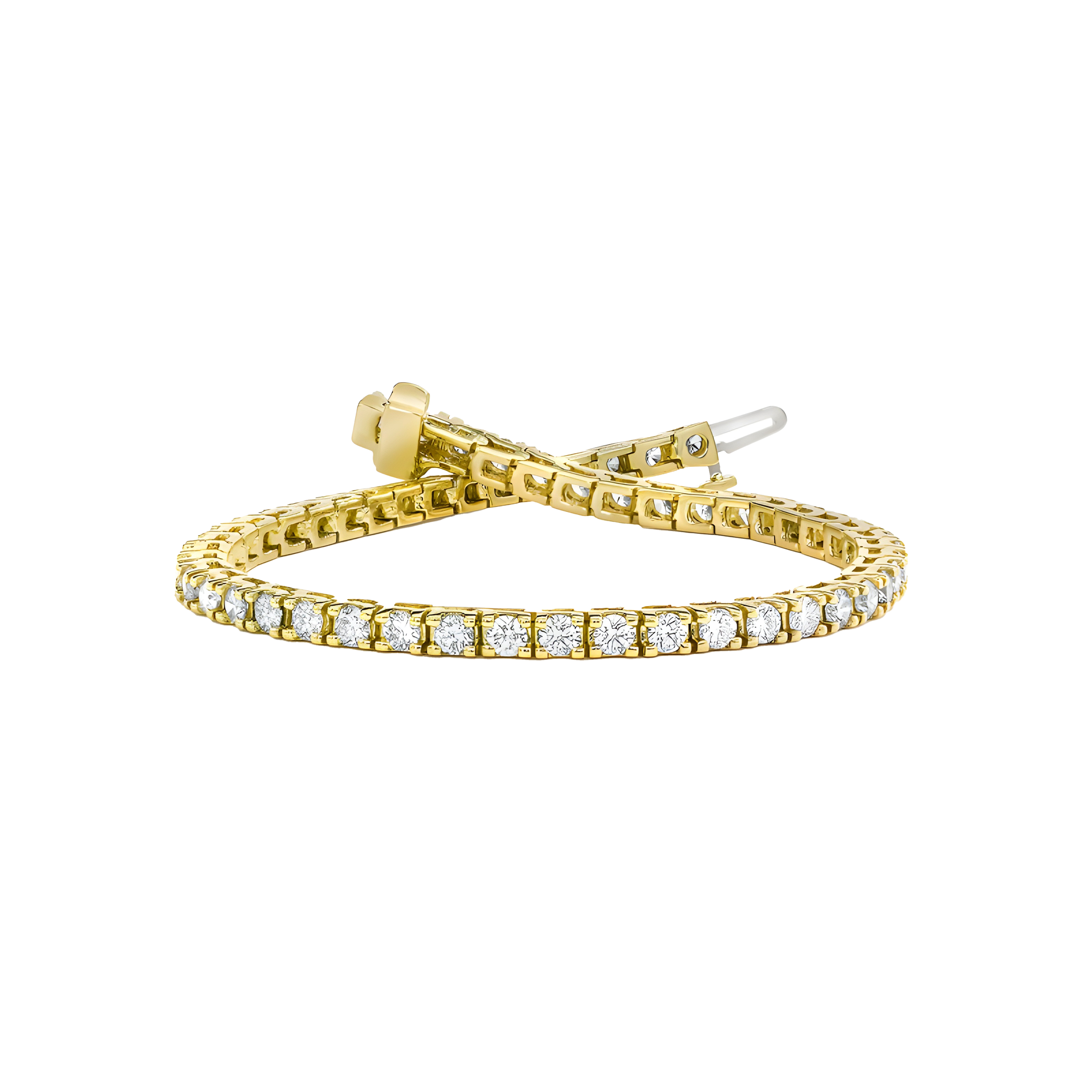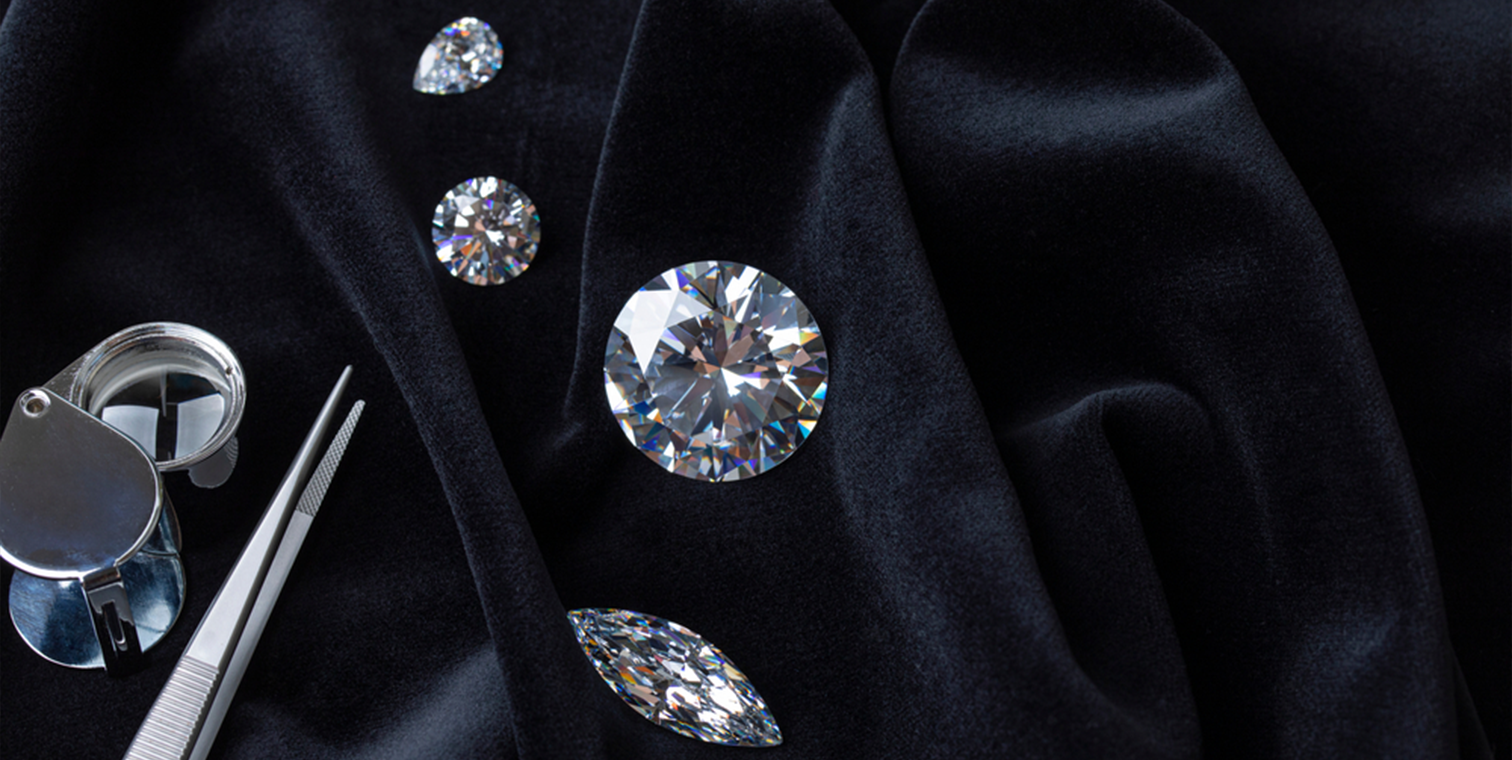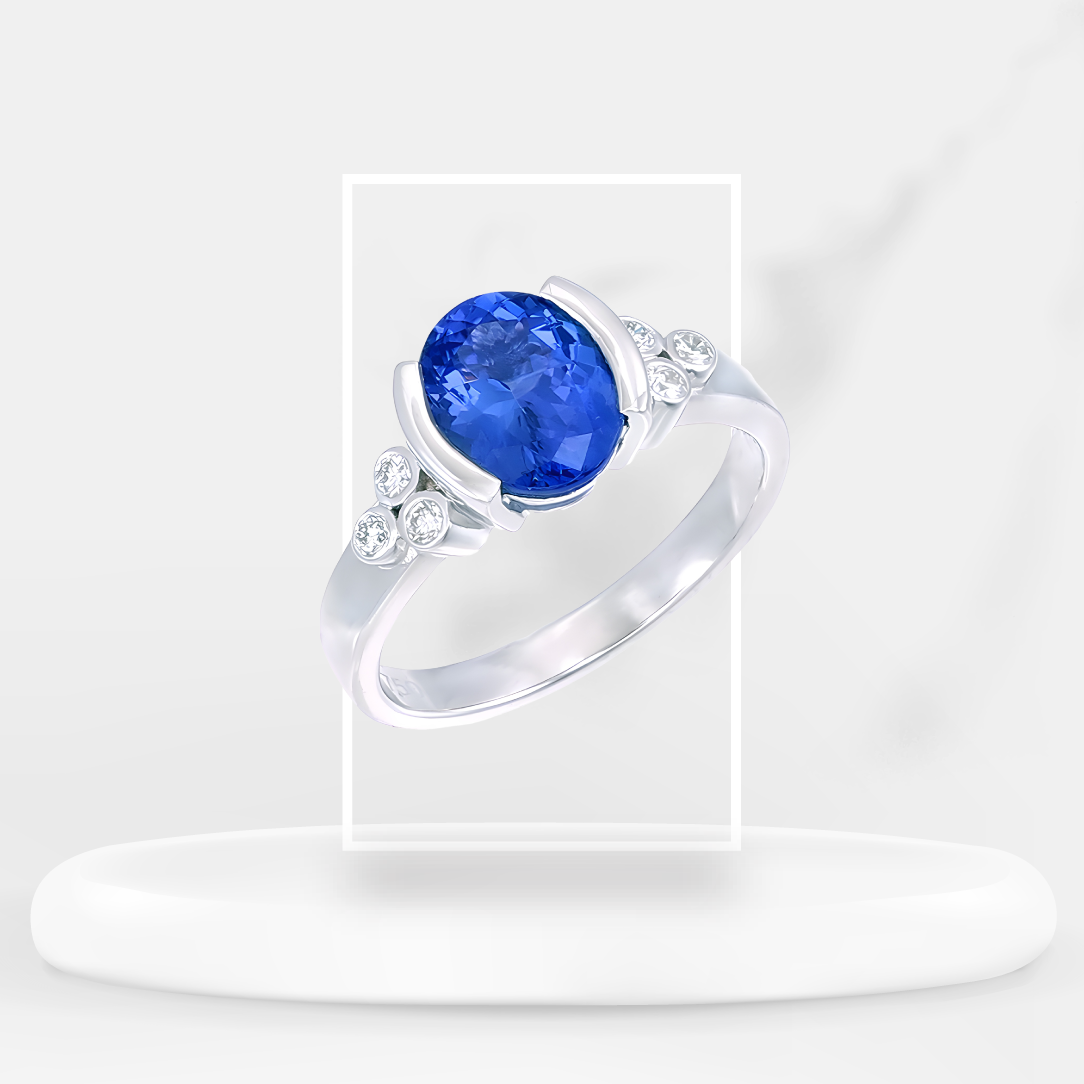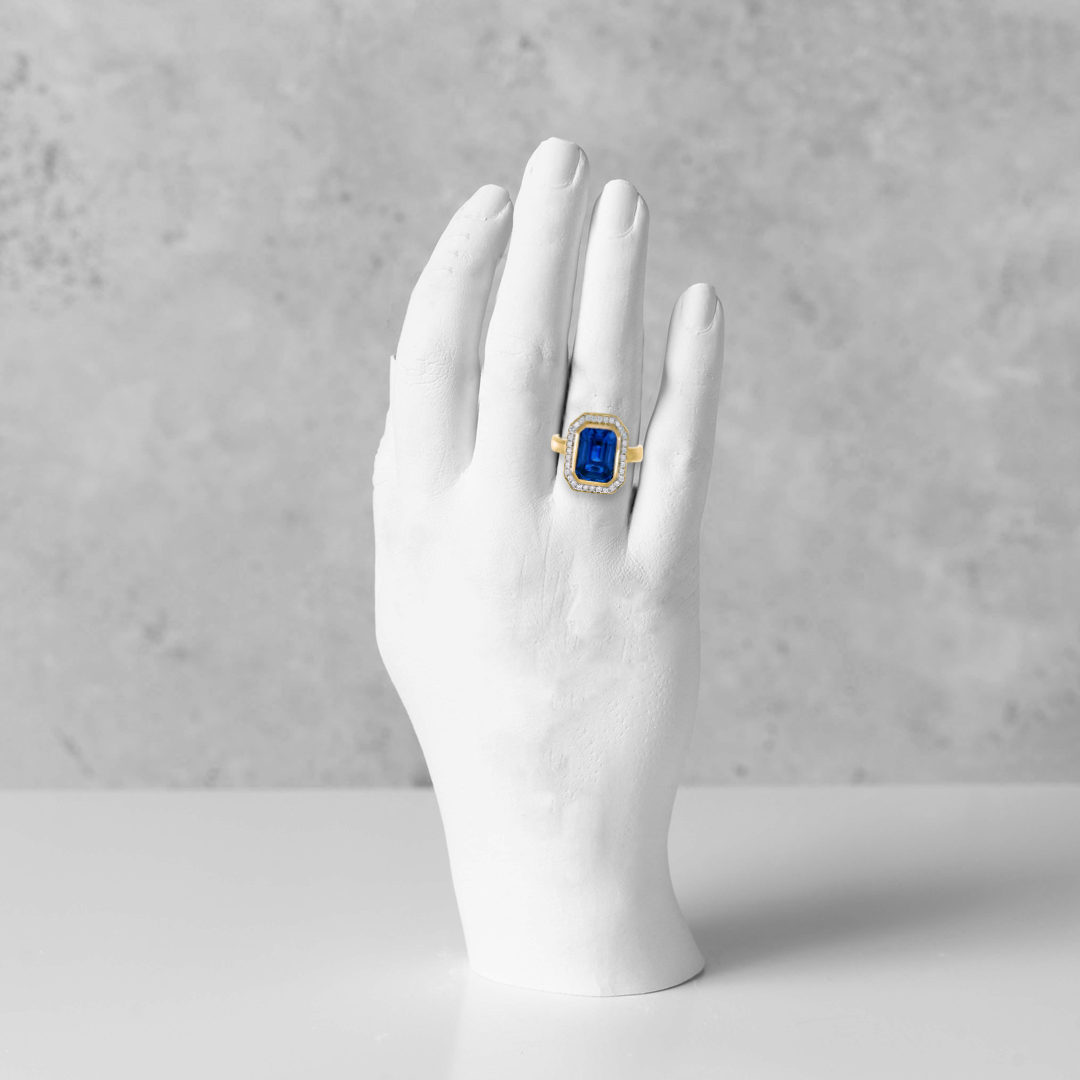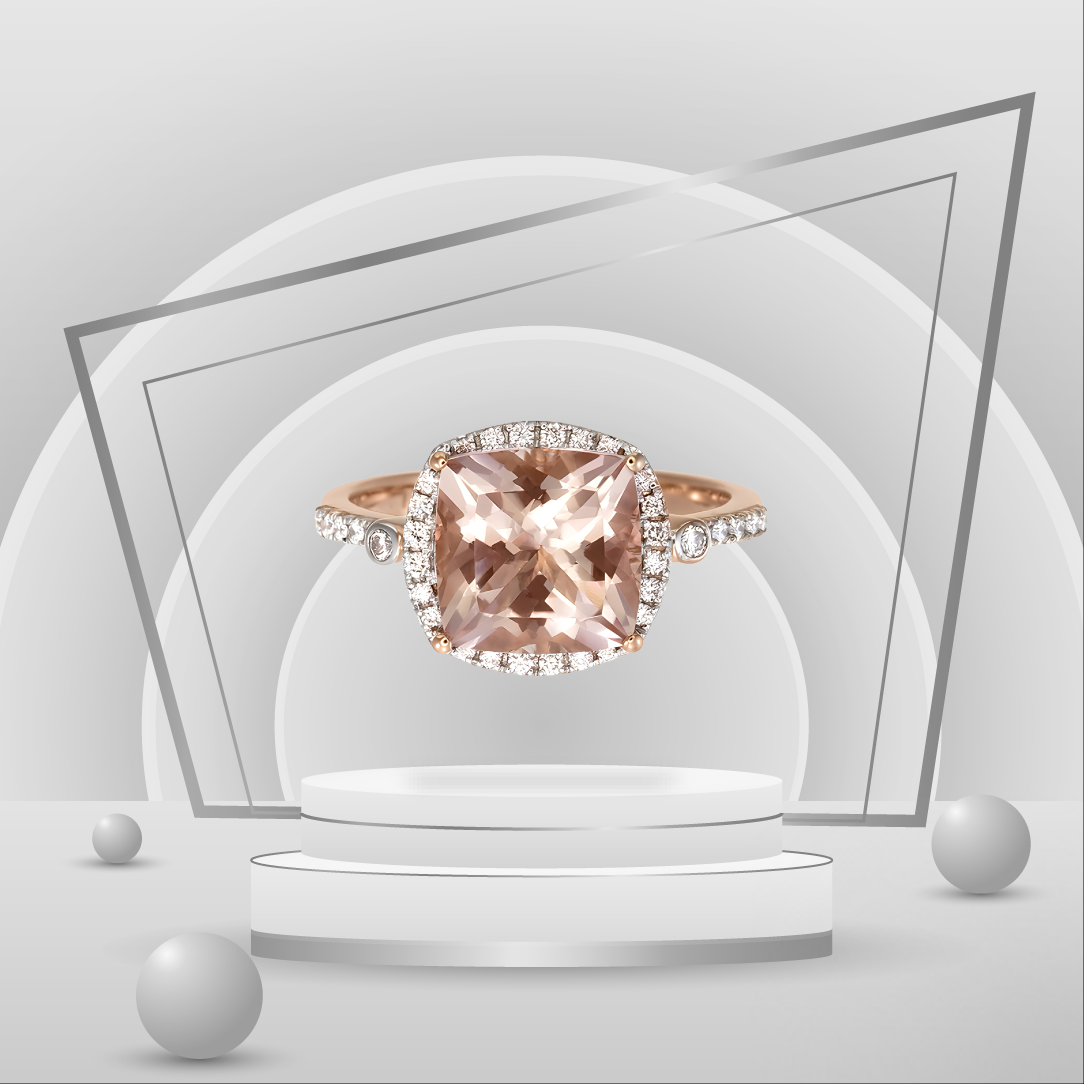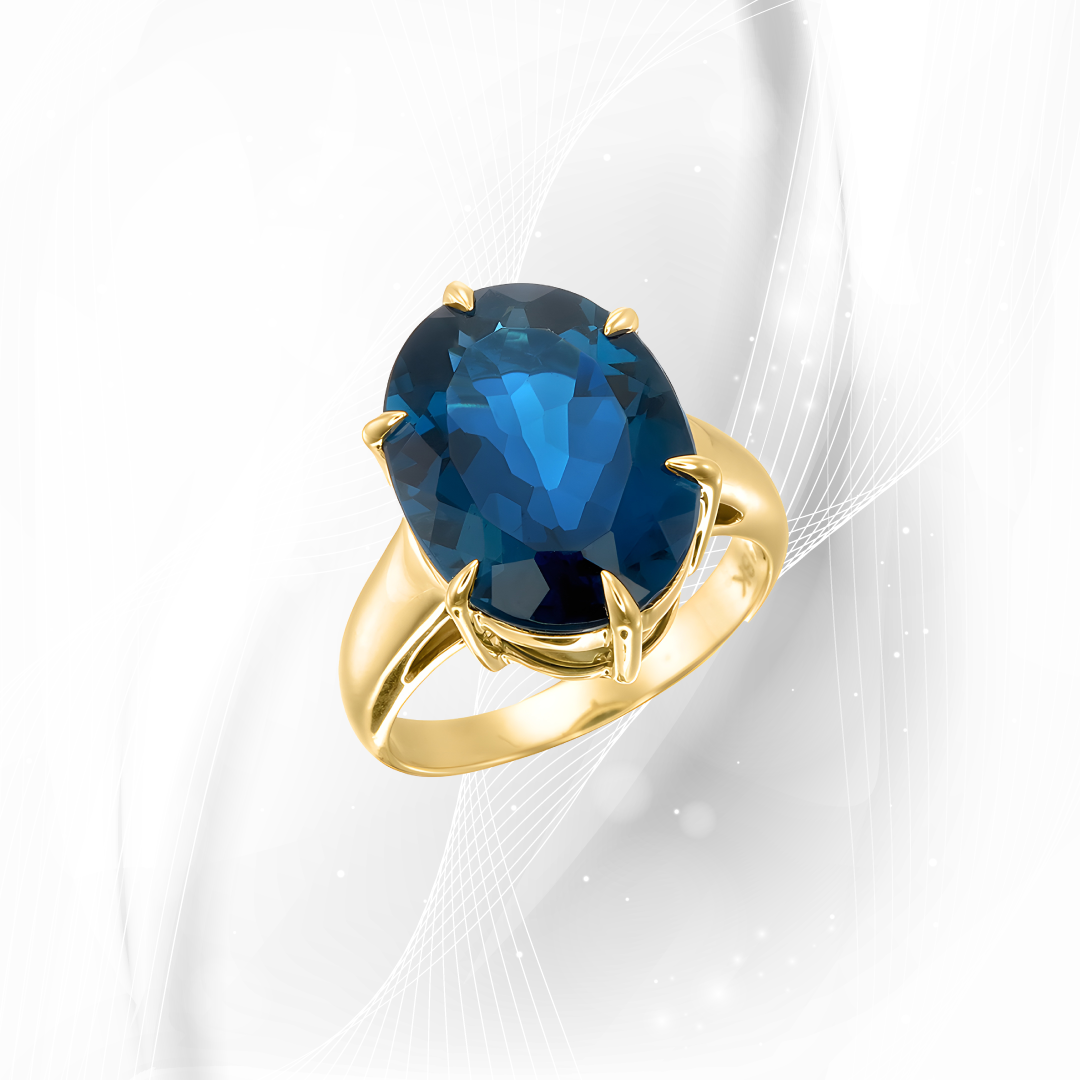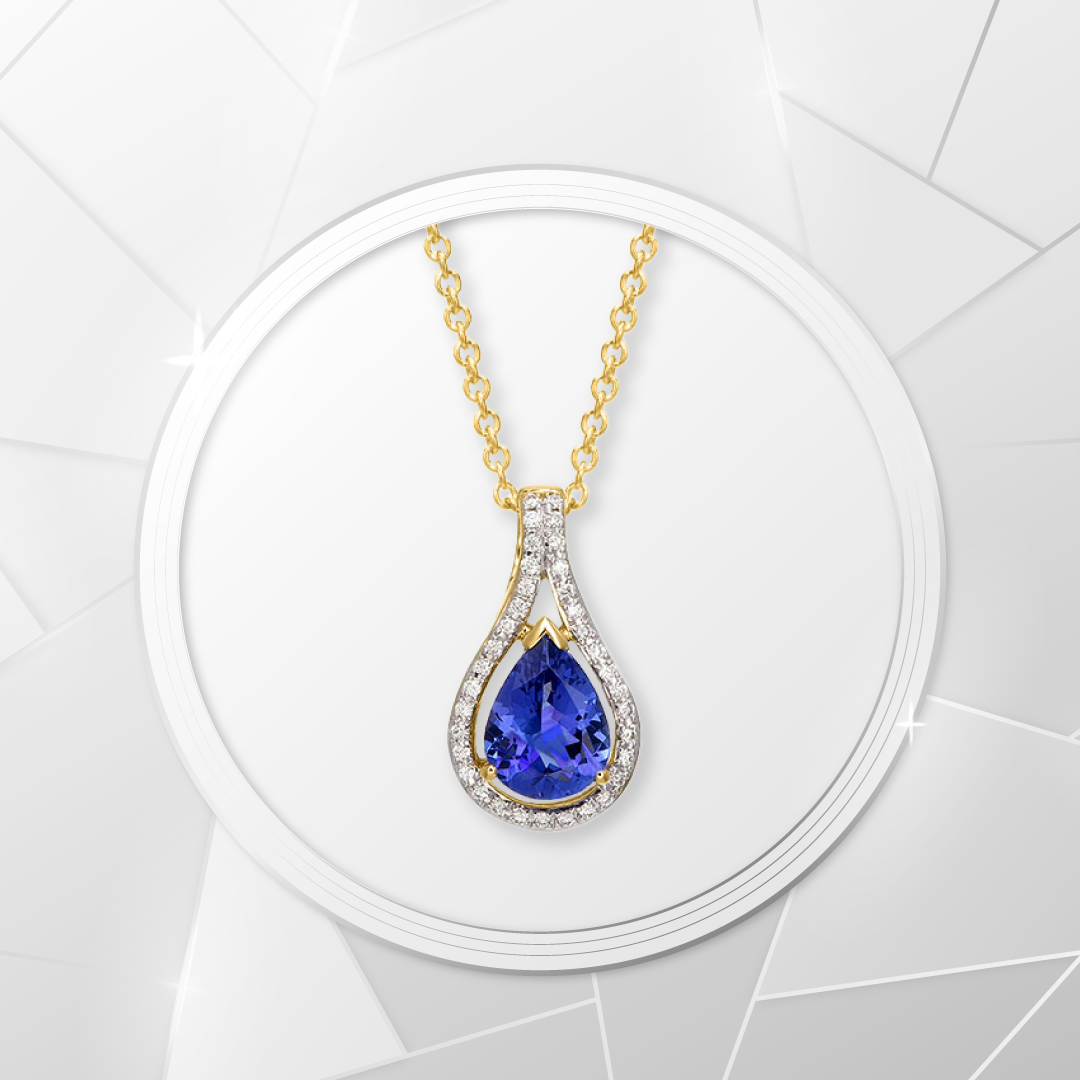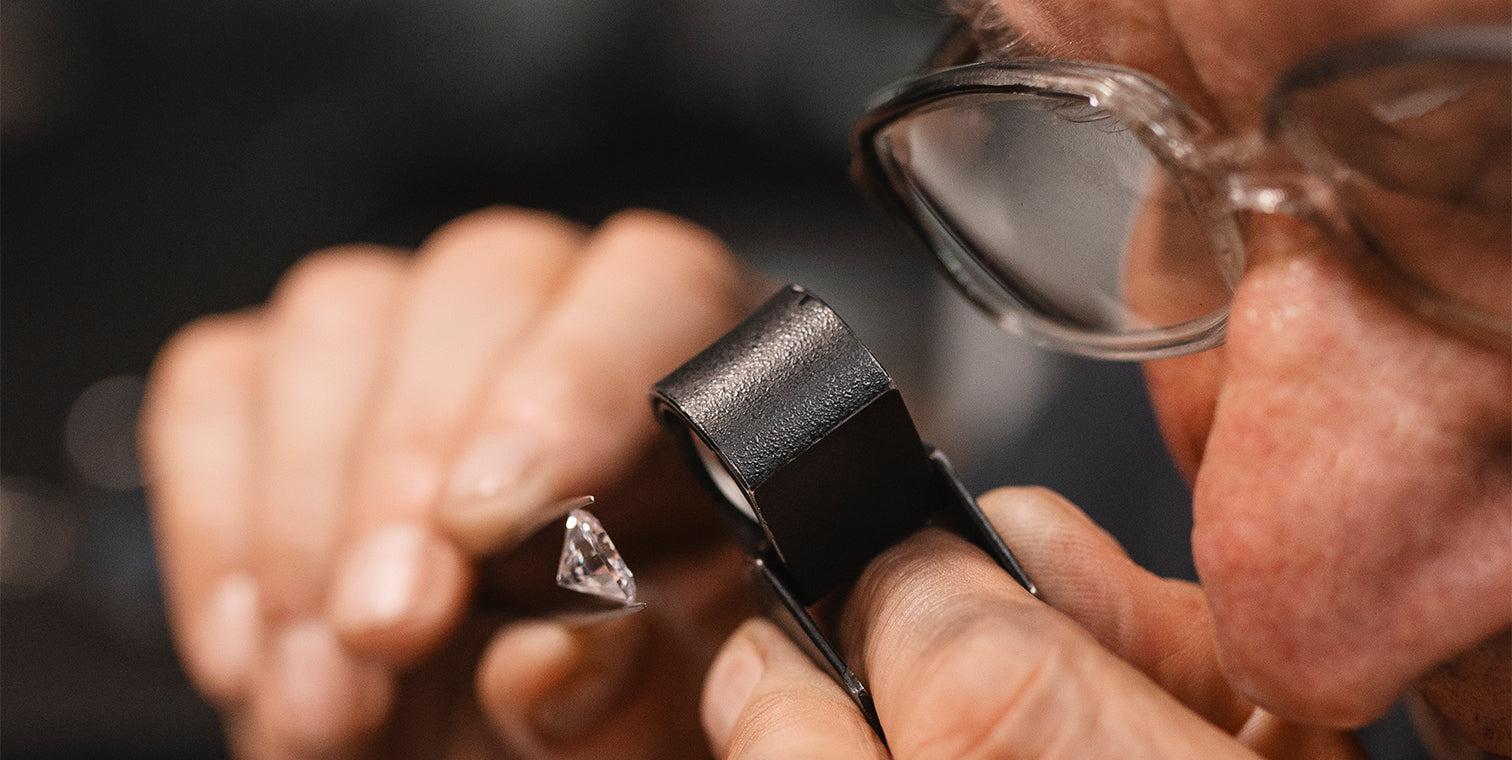
Bridging the Diamond Gap: Understanding Natural and Laboratory-Created Gems
In the glittering world of jewelry, diamonds have long been the pinnacle of precious stones, coveted for their brilliance and durability. But as technology advances, the once-clear divide between natural and lab-grown diamonds has become less distinct, giving rise to questions and considerations for buyers. In this article, we’ll delve into the essence of both natural and lab-created diamonds, compare their differences, and weigh their pros and cons, ensuring that you, the consumer, are empowered to make an informed decision.
The Genesis of Natural Diamonds
Natural diamonds are miracles of nature, formed under the earth's surface over billions of years through extreme pressure and temperature. These gemstones are mined from kimberlite pipes, deep volcanic eruptions that bring diamonds closer to the earth's surface. Each natural diamond is unique, with its own set of characteristics, often referred to as the "four Cs": cut, color, clarity, and carat weight. They're not just gemstones but also geological chronicles that carry the mystery and history of our planet.
The Emergence of Lab-Grown Diamonds
Lab-grown diamonds, also known as synthetic or cultured diamonds, are true diamonds created in controlled laboratory environments. These stones are made using advanced technological processes that replicate the conditions under which natural diamonds develop. The most common methods are High Pressure High Temperature (HPHT) and Chemical Vapor Deposition (CVD). These lab-created wonders are identical in chemical, physical, and optical properties to their natural counterparts.
Distinguishing the Differences
The primary difference between natural and lab-grown diamonds lies in their origin. While one is born over millennia beneath the earth's crust, the other is cultivated in the lab over weeks. This variance in origin brings us to the key points of distinction:
- Environmental Impact:
Natural Diamonds: The mining of natural diamonds can be intrusive to ecosystems, often requiring significant land and resource usage. Lab-Grown Diamonds: Cultured diamonds boast a lower environmental footprint, needing less land and yielding less waste.
- Cost:
Natural Diamonds: Generally, natural diamonds are more expensive due to their rarity and the extensive process of mining and cutting. Lab-Grown Diamonds: Lab-grown options tend to be more affordable, often costing 20-30% less than their natural counterparts, making them an attractive alternative for cost-conscious consumers.
- Value Retention:
Natural Diamonds: Natural diamonds often retain or increase in value over time, making them not just a symbol of love but a wise investment. Lab-Grown Diamonds: As a newer market commodity, lab-grown diamonds have a less predictable resale value and may depreciate more quickly.
- Purity and Quality:
Natural Diamonds: The creation process of natural diamonds can result in a variety of inclusions and imperfections. Lab-Grown Diamonds: Lab diamonds can potentially be of higher purity and have fewer inclusions since the creation process is carefully controlled.
Pros and Cons at a Glance
Natural Diamonds:
- Pros: Timeless and traditional, potential investment, unique geological history.
- Cons: Higher cost, environmental and ethical concerns related to mining practices.
Lab-Grown Diamonds:
- Pros: More affordable, eco-friendly production guaranteed ethical sourcing, often higher quality.
- Cons: Lower resale value perceived as less prestigious due to their artificial origin.
The Market's Perception
The jewelry market has traditionally revered natural diamonds for their rarity and the romanticism that's been built around them. However, as awareness grows and attitudes shift, lab-grown diamonds are gaining popularity, especially among younger consumers who prioritize ethical and environmental considerations in their purchases.
Certification and Quality Assurance
Regardless of their origin, diamonds are assessed and certified by gemological institutes. These certifications ensure that consumers know precisely what they are purchasing. Natural and lab-grown diamonds are graded on the same standards, ensuring quality assurance across the board.
SEO Keywords: diamond certification, gemological institutes, quality assurance
Final Thoughts
The decision between a natural or a lab-grown diamond boils down to personal preference, values, and priorities. For those seeking a gem with a millennia-long story, a natural diamond may be the jewel of choice. Conversely, if ethical and economic considerations reign supreme, a lab-grown diamond could be the perfect fit. In the end, whether created by the slow procession of time deep within the earth or by the precise hand of science, both types of diamonds can symbolize the strength and brilliance of enduring love.
In the radiant realm of diamonds, there is a spectrum of choices that cater to every desire and ethical standpoint. As you stand on the bridge between tradition and technology, between the earth-crafted and the lab-created, it is clear that beauty and value are inherent in both. Each stone, no matter its origin, captures a story — a story that's ready to become intimately intertwined with your own.


